In my life: Paul Gilbert
The fretboard frying guitarist looks back
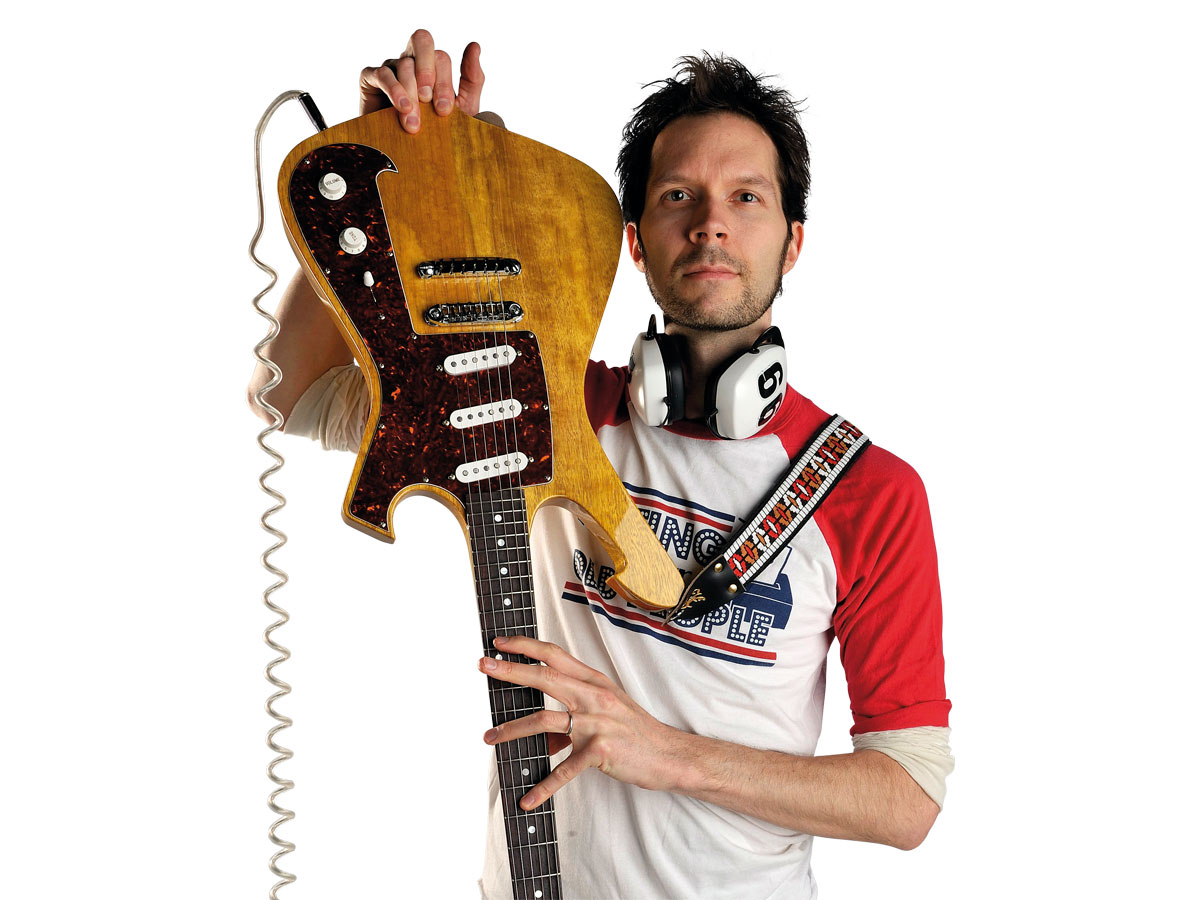
Introduction
Since the mid-1980s, Paul Gilbert has continually blown minds with his genre-bending high-speed fretboard heroics.
The Racer X and Mr Big lead axe man, who has released 13 stunning solo albums in the past 16 years, has also passed on his genius to hundreds of budding players through his teaching exploits. This is the story of his life...
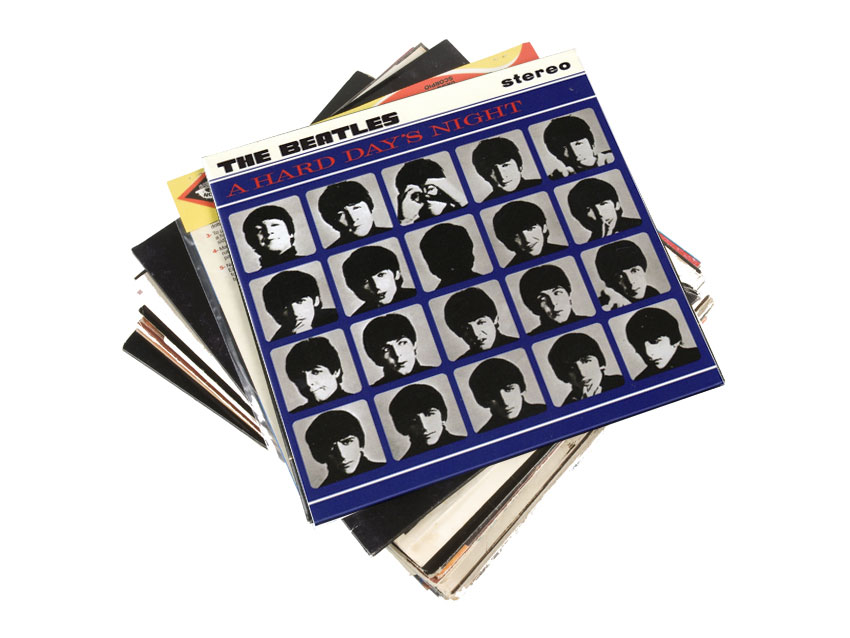
Fab Force
"A Hard Day’s Night and Help! made me want to be a musician. I didn’t know what instrument I wanted to play, but I knew that I wanted to be a musician, and all that came from my parents’ Beatles records.
"At first, I wanted to be a singer and - for maybe my fifth birthday - I got a little cassette player. I recorded myself singing and listened to it back, and it was so disappointing because I didn’t like the way my voice sounded... so I thought, ‘Well, maybe I should play an instrument, then...’”
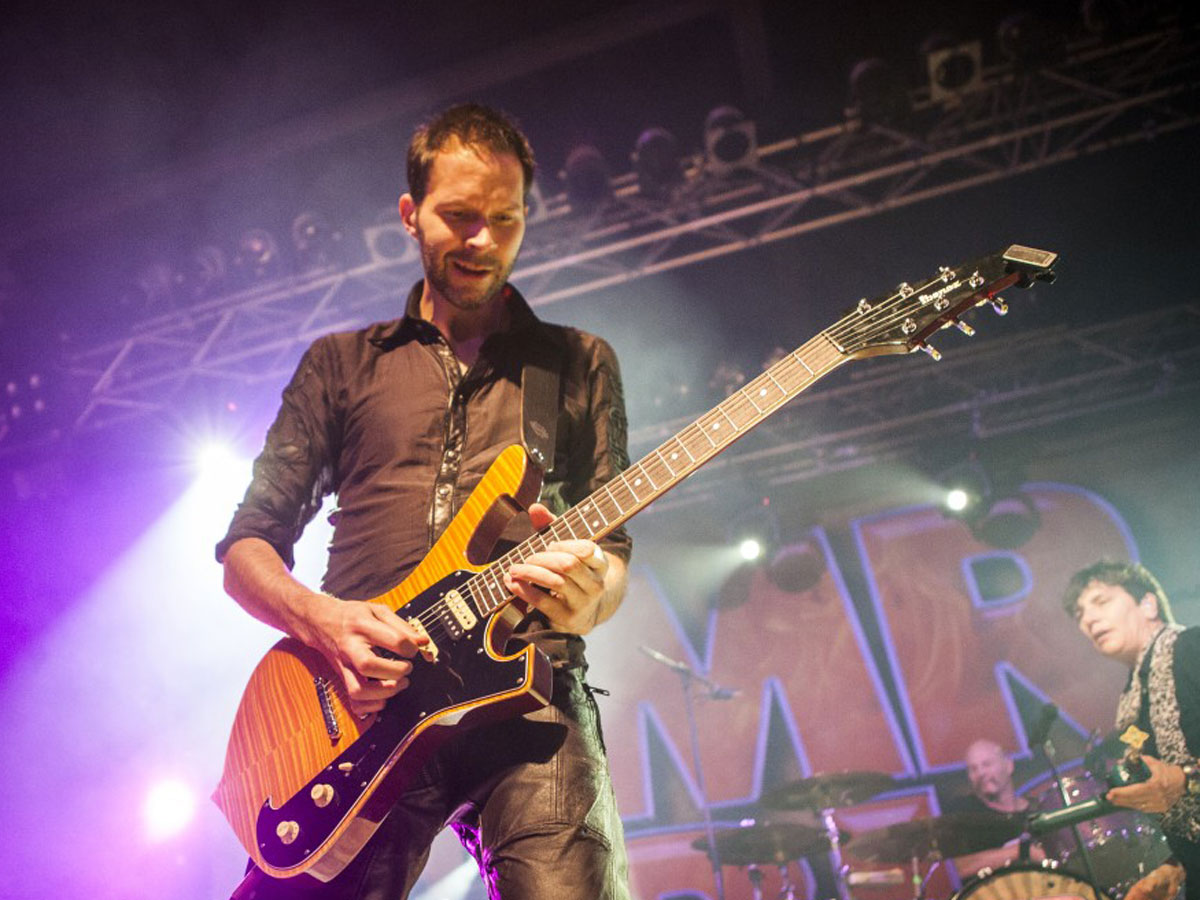
Uncle Inspiration
"My uncle Jimmy was - and still is - a stunning rock and blues guitar player. I didn’t see him that often, but he’d visit once in a while. Just seeing somebody play up that close was really inspiring. He’d always recommend albums for me, too.
"He’d say things like, ‘You’ve got to buy War Heroes by Jimi Hendrix’, and I would also always sneak into his room and look at his record collection. He had albums like David Bowie’s The Man Who Sold The World, Rush’s All the World’s A Stage and Pat Travers’s Putting It Straight. It was him and The Beatles and hearing that music that got me into guitar.”
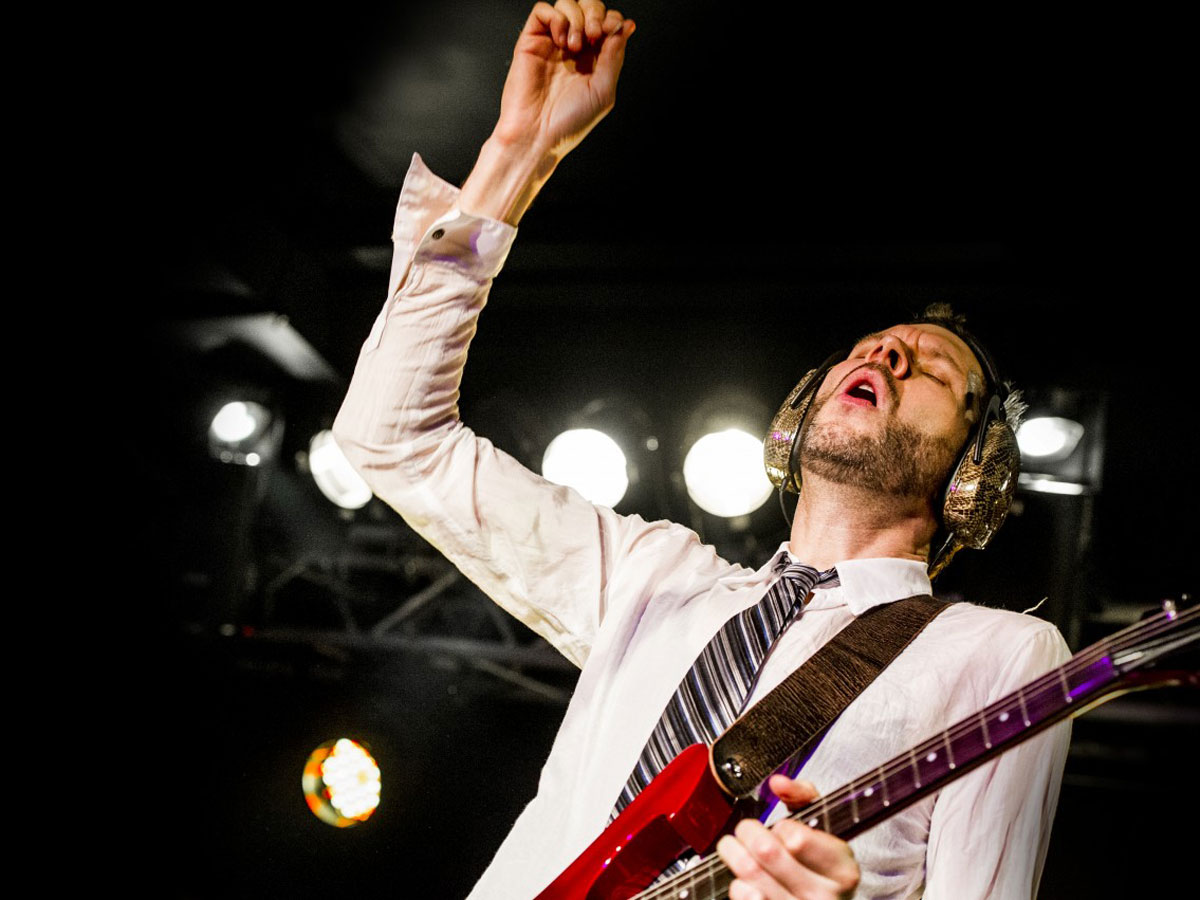
Just One String
"My first ever guitar was an acoustic Stella, and I think my babysitter gave it to me. I started having guitar lessons when I was six, but I gave up almost immediately.
"The teacher tried to show me how to sight read with a little Mel Bay book... but reading music seemed like such a slog, so I quit, but then a few years later I started playing by ear.
"I just picked out a major scale on one string and I was doing all upstrokes, only using one finger. I then just started picking out riffs that I knew in my head. I figured out really primitive versions of Heartbreaker [by Led Zeppelin] and 25 Or 6 To 4 by Chicago. I played everything just using one string for about two years.”
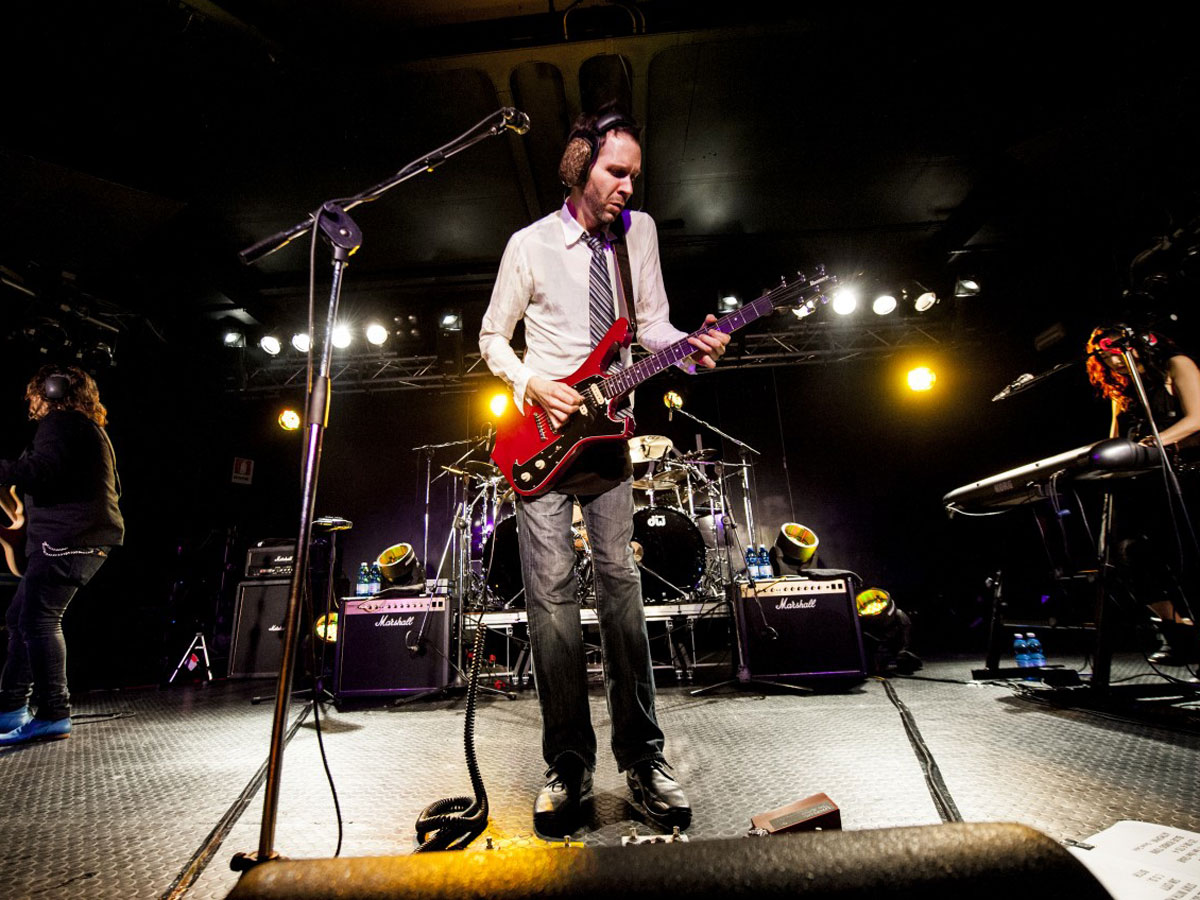
Chord Moment
"One of the most amazing moments for me was when I actually learned a chord. At 11, I started going to another guitar teacher and he showed me how to tune and how to read chord diagrams.
"I had a book called The Beatles Complete, but I didn’t know that the little Xs and Os meant that some of the strings were muted and some were open. The teacher showed me - ‘When you play a D chord you don’t play the bottom two strings!’
"He also showed me how to do a downstroke, which I’d never done before, and how to use the other fingers.”
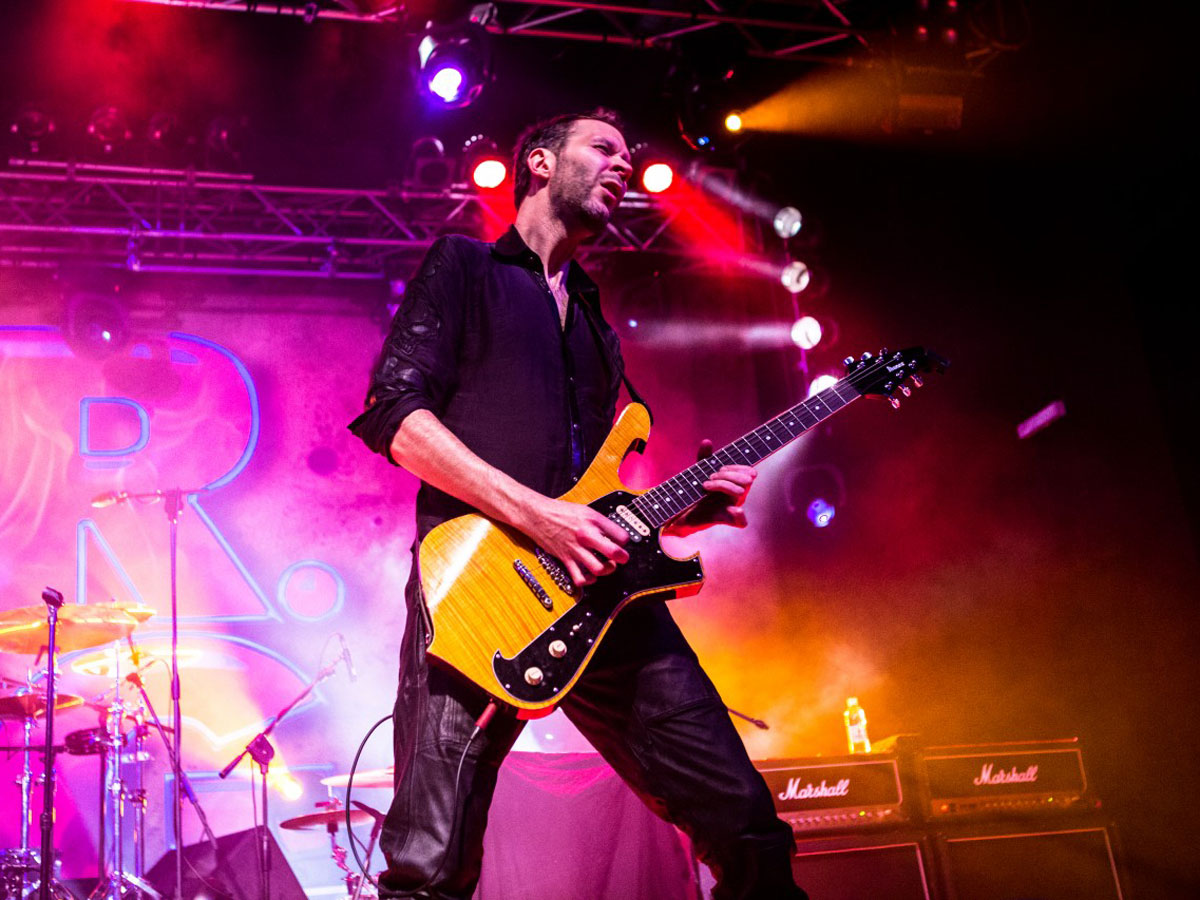
No More Toys
"I was fortunate because my first electric guitar was a Les Paul Custom. I saved up $150 from mowing the lawn and doing jobs for my parents.
"Before Christmas, they found an ad in the paper, there was a used Les Paul for $300, so they said, ‘We’ll pay the other $150... but, if we do, we can’t afford to get you any toys - that’s going to be your only present!’ I was only 11, so for me it felt like a passage into adulthood.”
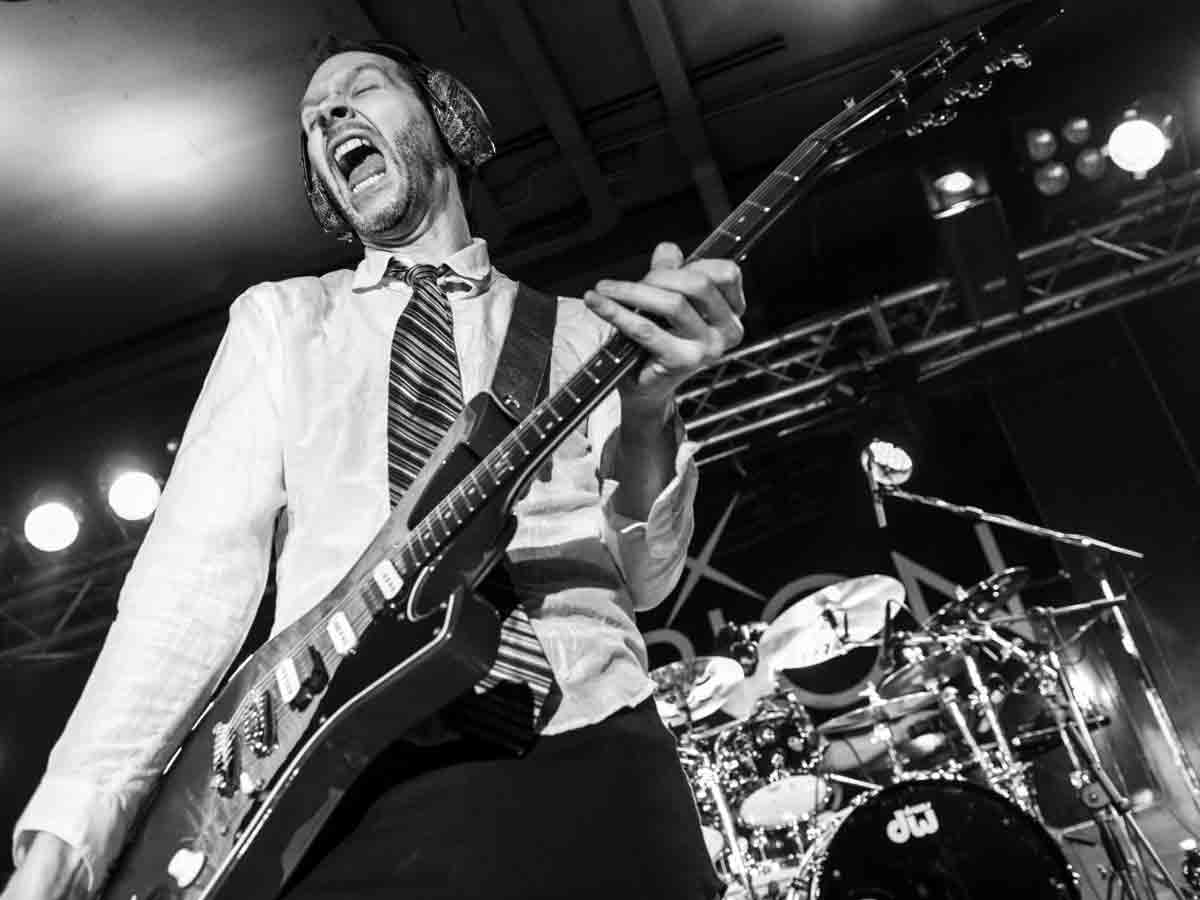
All The Rage
"I had no amp at first, so I plugged [the Les Paul] into the input on a cassette player and cranked up the input levels all the way and got this horrible distortion... but at least it was distortion!
"I ended up getting a used Fender Vibro Champ two months later. A friend of mine got one first and all I remember is the woman at the music store saying, ‘Don’t turn it past three!’. We were terrified! My friend and I were like, ‘Oh my god - if we turn it past three, it’s just going to blow up in a puff of smoke!’
"But it sounded so much better when we turned it up a little more. After about a week we had it on 10. There was hardly any distortion, but to us it was like raging stadium rock!”
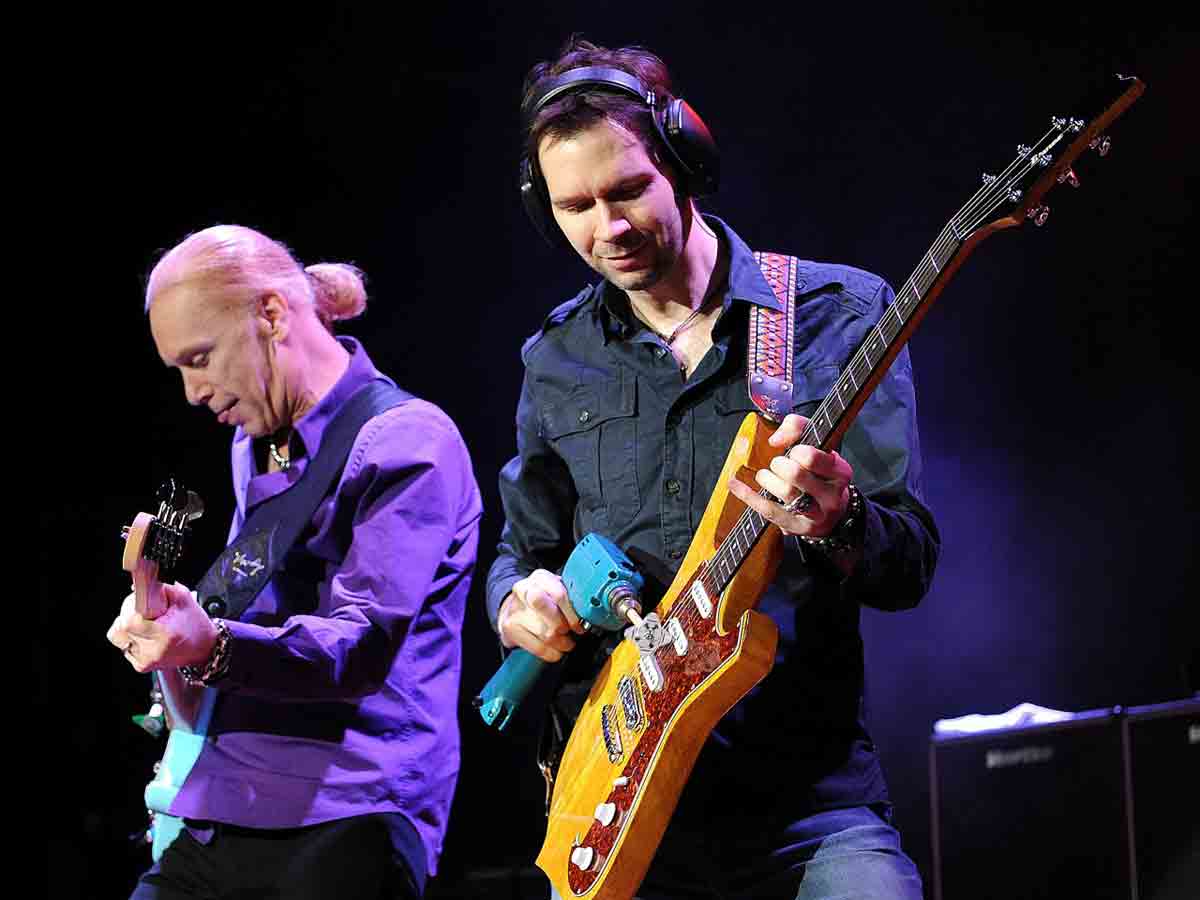
Under Control
"I was always in bands as a teenager, and that was really some of the best training I ever had. At this point, I had a 4x12 cabinet that my dad built and an Ampeg V4 head and a couple of pedals.
"We would play in a little rehearsal room and it was loud and distorted and I was two feet away from the amp, so I had to control the feedback. That forced me to develop a lot of muting techniques with my left hand and right hand.
"When I see ‘bedroom player’ students today, that’s the most important thing missing. With rock guitar, you may only be playing one string, but you’ve got to control the other five strings, too!”
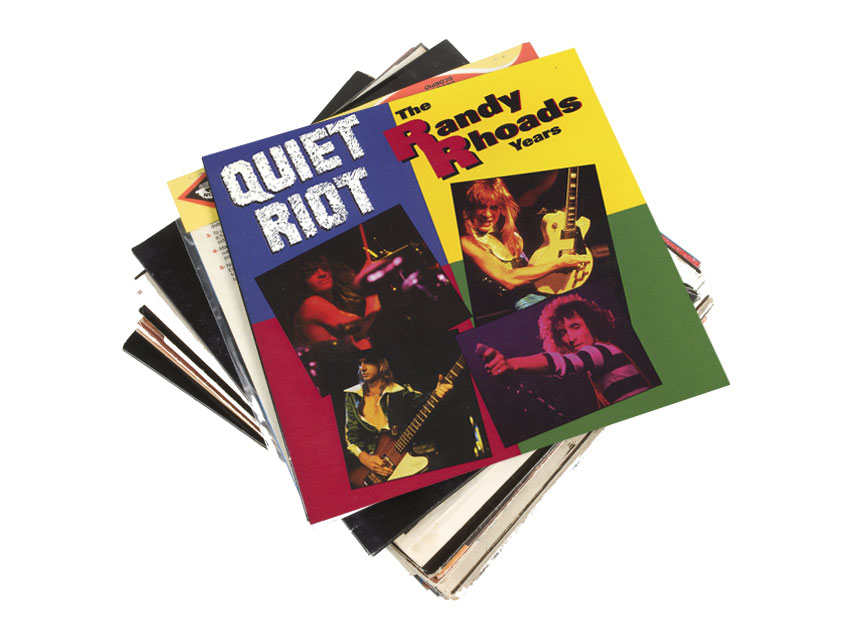
Dear Mike
"I was a big Randy Rhoads fan, but then he tragically passed away in that plane crash [in 1982]. I was 15 at the time, but I’d learned a lot of his parts and I just figured Ozzy [Osbourne] would need a new guitar player.
"I had to go for it somehow... and then, in one of the guitar magazines, Mike Varney [Shrapnel Records founder] had done an interview and he mentioned at the end that he would respond to anyone who sent him a cassette. I made a cassette and sent it to him and he called me up the instant he got it.
"He said, ‘I love your playing!’ and he asked me a bunch of questions, and the last question was, ‘How old are you?’ I said, ‘15’ and he said, ‘Oh, I don’t think Ozzy’s going to want you as his guitar player... but I’d love to record you, so send me some original stuff.’ That was one of the most exciting moments of my life.”
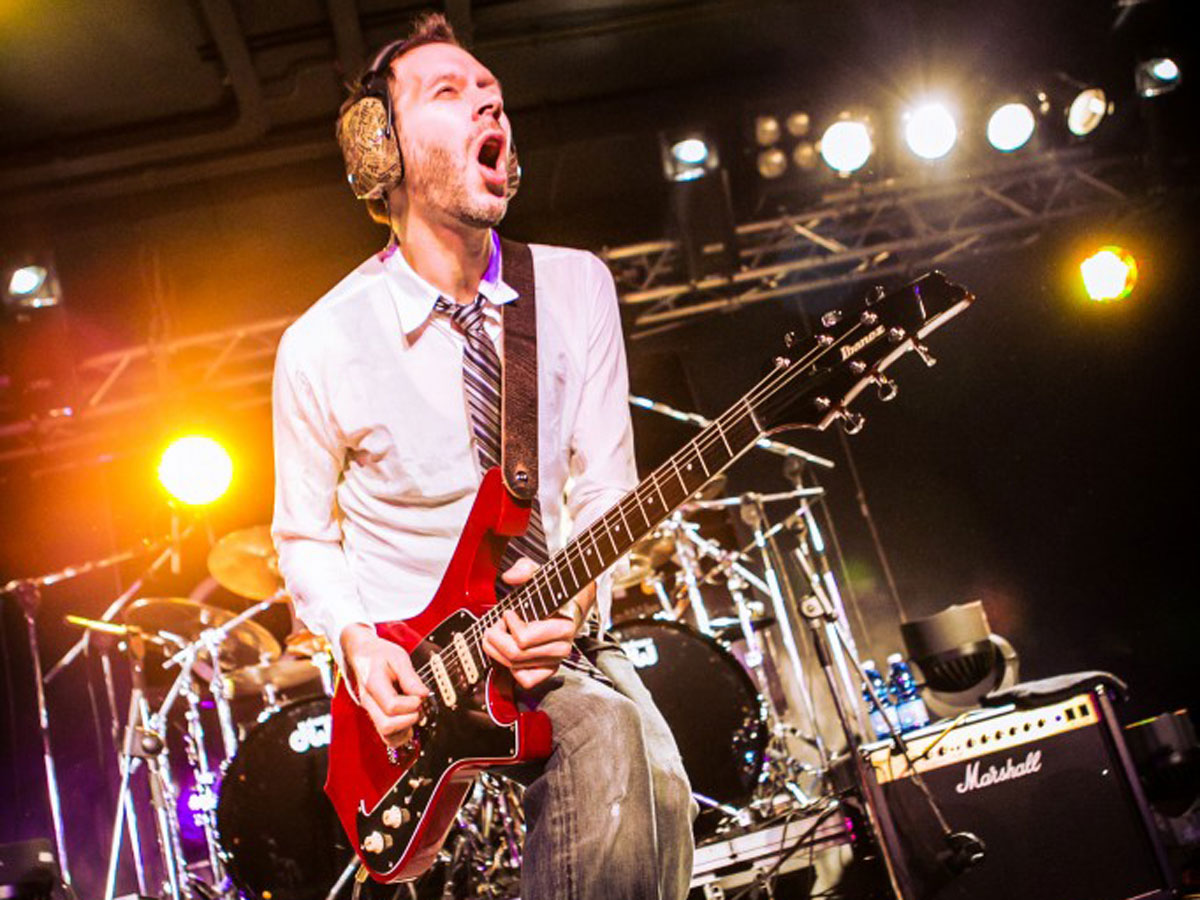
LA Riffing
"After I graduated from high school, I moved to LA to start at GIT [Guitar Institute of Technology], and it was just fantastic because I could put all my time into playing guitar. The teachers were great and the students were great and, in my class, there were guys like Jimmy Herring and Jeff Buckley.
"It exposed me to so much in terms of style. I’d never really heard jazz before and I didn’t know much about fusion, and also I got a handle on music theory. After I graduated, they hired me as a teacher.”
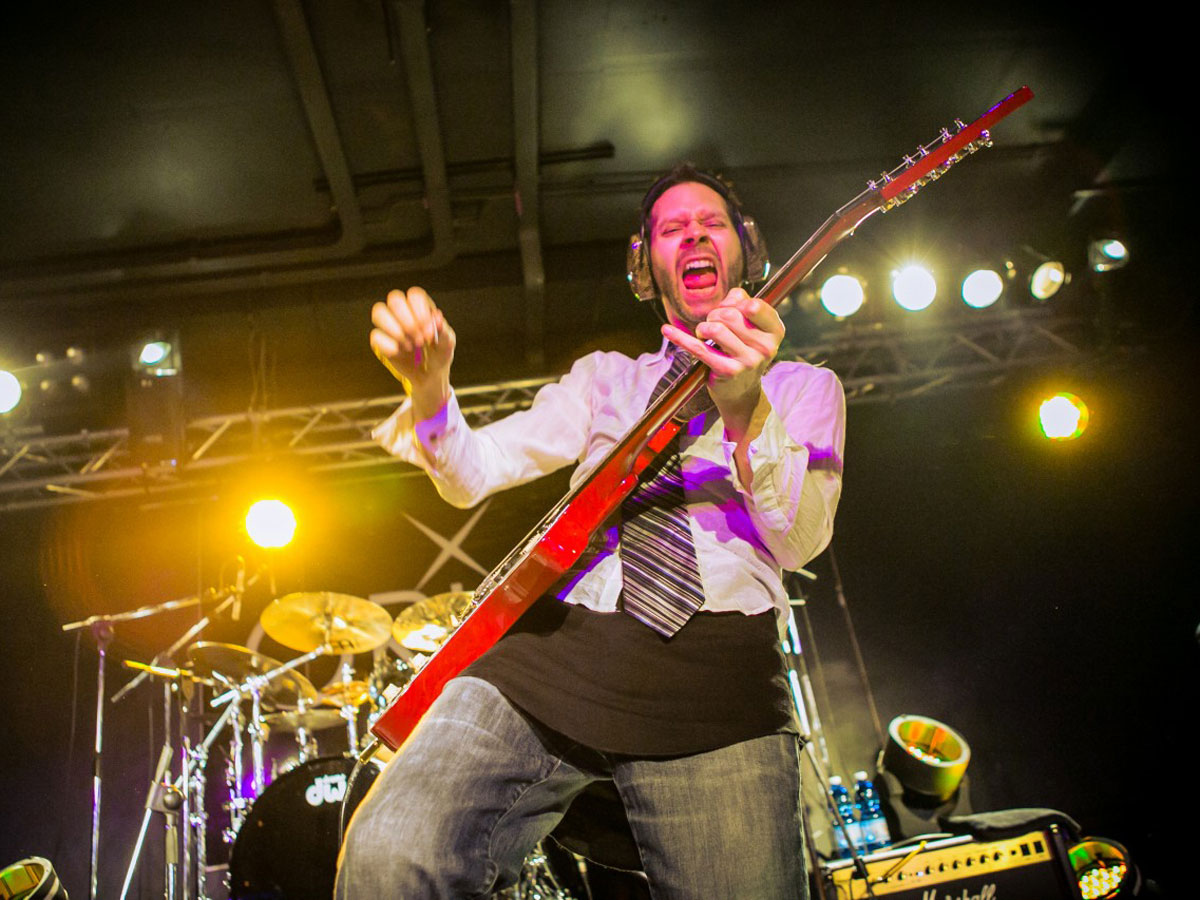
Heart Racing
"I formed Racer X in LA. I had met Juan [Alderete, bassist] already when he was a student, and the original Racer X drummer Harry [Gschoesser] was also studying there. Bruce [Bouillet, who joined as the band’s second guitarist after Racer X’s debut 1986 album Street Lethal] was actually a student of mine when I was teaching.
"It was the mid-80s, so everything had to be big and fast and loud and extreme, and I just wanted to form kind of a super-group with the best musicians I could find.
"It was really exciting, but it was very gradual. I remember the third Racer X show was sold out... and that was the first moment where I felt in my heart, ‘I think I’m going to have a career - I think this is really going to work!’"
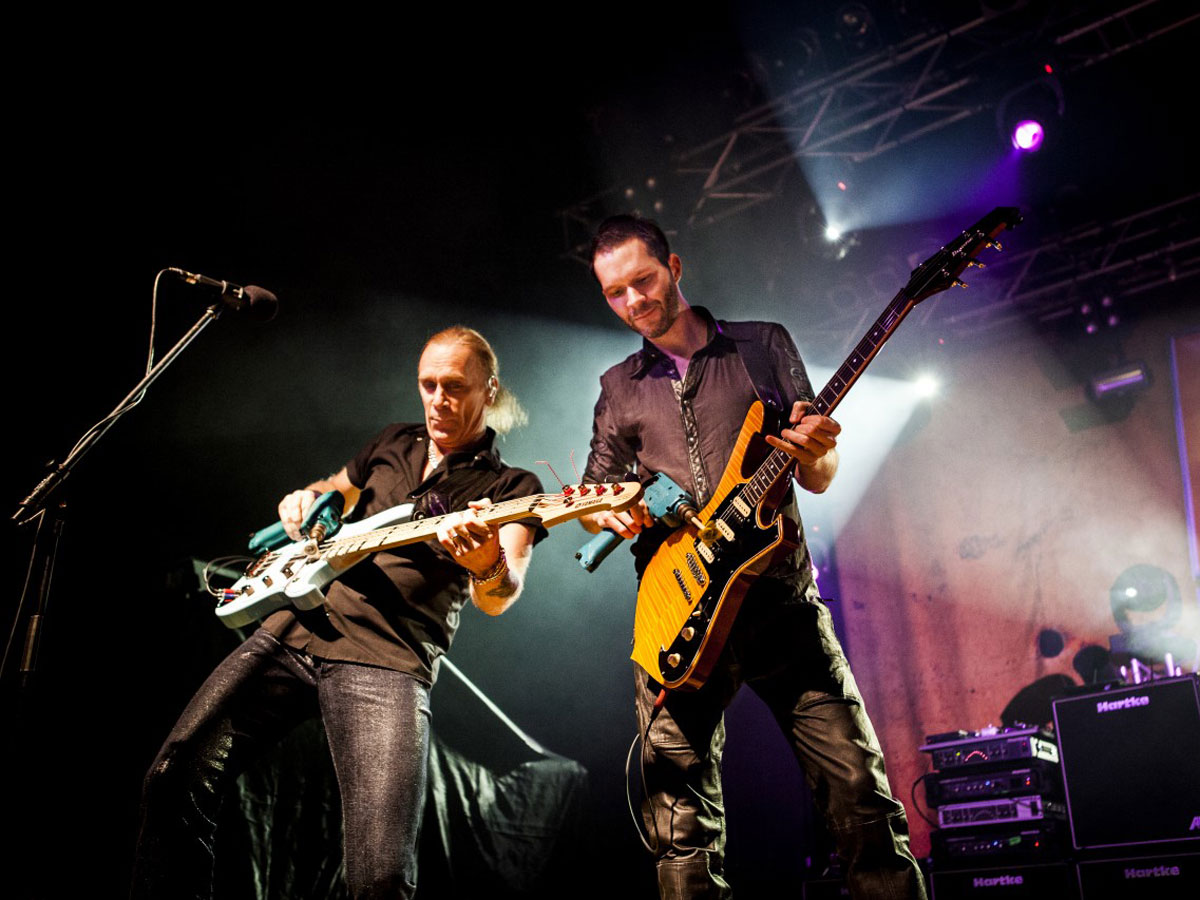
Big Opportunity
"I’d been doing the odd jam session with Billy [Sheehan, future Mr Big bassist] when he used to show up at GIT and he used to come to Racer X shows, too, and we’d always be excited. I was a huge fan of his and I used to go see his old band, Talas.
"He was actually a really big influence, even though he played the bass. He was doing some really amazing two-handed stuff and I used to copy that. Anyway, one day he called up and said, ‘I’m putting a band together - would you be interested?’
"I was kind of torn because Racer X was my baby, and the guys in the band were really tight and we were like family, but then he mentioned Eric Martin on vocals and I was like, ‘Oh man, I know this band is going to be big!’ One of the worst days of my life was when I had to break the news to the Racer X guys.”
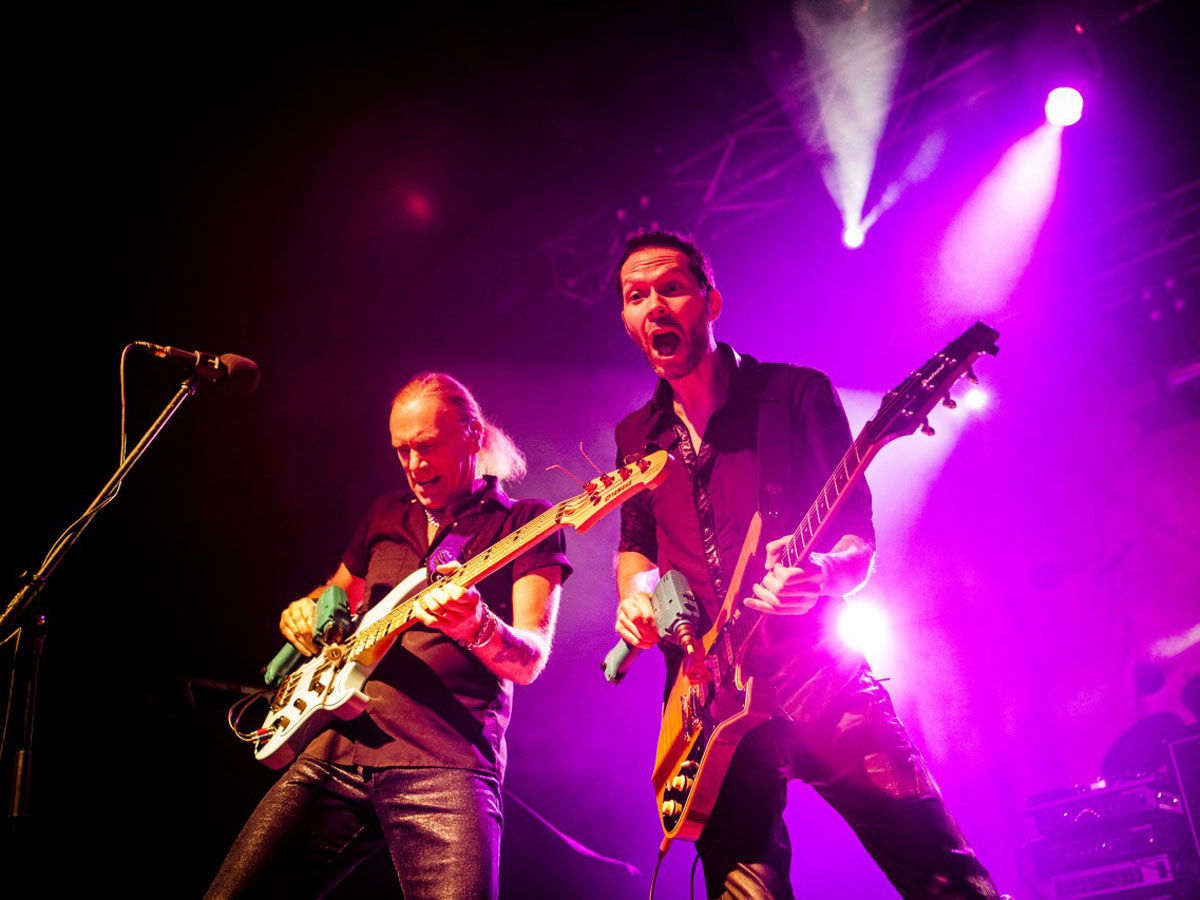
Harmonic Surprise
"The thing that I didn’t really plan on [with Mr Big] and that turned out to be great, was the vocal harmonies. Everybody in the band sang well together and, the more we played, the more we realised how good this vocal harmony element in the band was.
"It became something that really opened up so many doors for us, and we ended up having this big acoustic hit with To Be With You [1991]. I was totally happy with that because The Beatles were my first inspiration, and I always wanted to be in a vocal group. If anything, it was just an interesting balance because a lot of our fans were shred fans... but somehow we put it all together.”
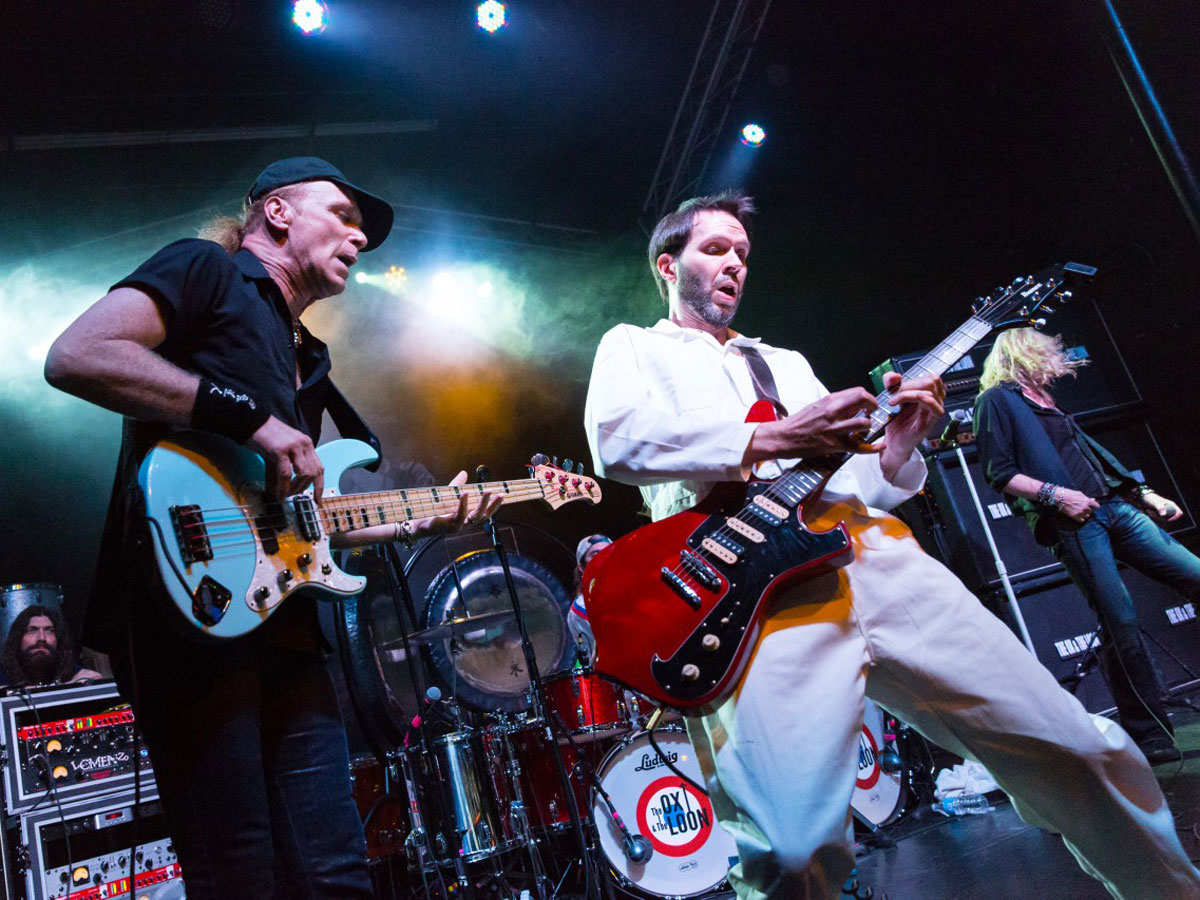
Pushing Technique
"Recently [check out Paul’s 2014 album Stone Pushing Uphill Man], I’ve really got into playing people’s lead vocal lines on my guitar, and I learn so much from doing that.
"I grew up with sort of a Van Halen style of playing, where the vocals carry the melody and the guitar tends to back up with a really cool rhythm part and then flashy solos. That’s the sort of format I grew up with and I just always felt, ‘Oh, melody - that’s a singer’s job!’
"But I started to realise that the technique I’ve built is really lacking when it comes to melody. I’ve really had to work on the inflection, the dynamics and all the little things that a vocalist does. It gets more complicated the deeper you get into it, and doing that last record was like a guitar lesson for me.”

Opening Up
"I’m more excited about guitar playing than I’ve ever been. The musical world has opened up so much with me learning these vocal lines, but then I’ve also realised how enjoyable good improvisation is.
"With Racer X and Mr Big, a lot of the solos are very worked out and they’re short, so there’s not much room for improvising.
"More recently, I’ve done a lot of guitar clinics where I’ll do a cover of Light My Fire by The Doors and play the keyboard solo or something like it. It will be a five-minute-long improv solo, and I really hadn’t done a lot of that before.”

Speed drills
Paul Gilbert’s latest Mr Big live pedalboard packs some great tone: an MXR Phase 90; MXR Distortion+; MXR Bass Compressor; TC Electronic MojoMojo Overdrive; TC Electronic Corona Mini Chorus; TC Electronic Stereo Chorus Flanger; Dunlop Jimi Hendrix Wah; and an Empress Effects ParaEq... but Paul’s also been turning heads with an old tonal friend - his infamous cordless Makita power drill (with mounted plectrums, natch!).
"I started using that when my band Racer X were doing well and we started getting some magazine coverage. Everybody was promoting that I could pick really fast, and I was happy about that - but, at the same time, I just felt that the whole athletic aspect of it was kind of funny.
"You know, I wanted to be a musician not an athlete, so it just makes fun of the whole fast playing thing. Sometimes on my solo tours, people say, ‘Why don’t you play with the drill?’ and I’m like, ‘Oh, I forgot to bring it!’ It’s like Angus Young forgetting his shorts!!”
Mr Big’s latest album ...The Stories We Could Tell is released by Frontiers Records. For details, see www.mrbigsite. com and www.frontiers.it

